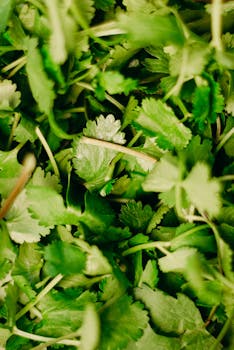Benefits
Nutrient Rich
Antioxidant Content
Supports Digestive Health
Reduces Chronic Disease Risk
Versatile Culinary Uses
Get creative with collard greens
Transforming collard greens into a vibrant pesto by blending them with garlic, nuts, and Parmesan, offering a nutritious twist on the traditional basil version
Incorporating them into smoothies, where their robust flavor pairs excellently with fruits like apple and pineapple, enhancing the drink's nutritional value without overwhelming the taste
Crafting a hearty, savory pie by layering sautéed collard greens, mushrooms, and a mix of cheeses between sheets of flaky pastry, creating a delightful fusion of flavors
Reimagining sushi by using blanched collard green leaves as a novel wrap for rice and vegetables, offering a gluten-free alternative to seaweed
Turning them into crispy chips by coating the leaves lightly in olive oil and seasonings, then baking until crunchy, serving as a healthier snack option
Something you can make with collard greens
Origin
Collard greens, scientifically known as Brassica oleracea var. viridis, are leafy green vegetables that belong to the Brassicaceae family. They are believed to have originated in the Mediterranean region, specifically in the area that is now known as Greece. Collard greens have been cultivated and consumed for thousands of years and were highly valued by the ancient Greeks and Romans for their nutritional and medicinal properties. From the Mediterranean, they spread to other parts of Europe, Africa, and eventually to the Americas through the African slave trade. Today, collard greens are widely grown and consumed in many countries around the world, particularly in the southern United States, where they are a staple in traditional dishes like collard greens and ham hocks.
